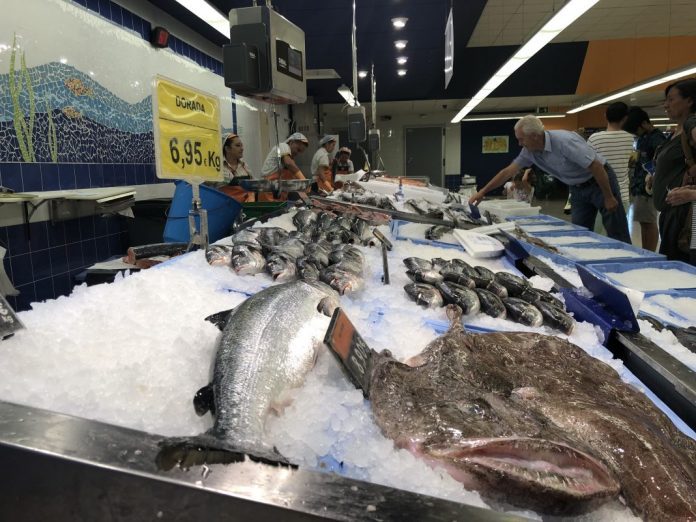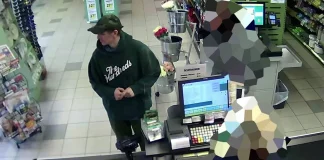Optimists go for two ongoing bidding rounds.
On Wednesday, SalmonBusiness reported that bidders are offering at least EUR 77 million for K. Strømmen Lakseoppdrett. The reason is that there are bids at higher levels than this.
How much higher is currently unknown, but the rumours abound in and around the companies that are included in the bidding round.
Faith in the future
If nothing else, this shows that optimism and investment desire in the aquaculture industry are bubbling. For it is remarkable that bids that values the small Norwegian salmon farmer 25 times its latest EBIT – isn’t enough. Or, put in another way, EUR 19.3 million per license is not enough to get it.
“It’s the future we need to concentrate on, that’s where we’re going to be for the rest of our lives,” said Mark Twain. And this future seems to be very bright, according to the most eager bidders here.

Many are willing to take the lead and put money on the table on a modest salmon growth globally in the coming years – and with that ensure a sustained high price level. That is also reflected at Fish Pool’s so-called forward curve – currently trading around EUR 6.2 per kilo until late 2021. But the optimists’ time frame is much longer than that.
Industry’s most expensive
Already today, it appears that the K. Strømmen acquisition may become the industry’s most expensive – ever.
Another point is that one with this shows that it is not only in Northern Norway that salmon licenses are priced up to EUR 20 million. Although the growth outlook in the country’s northernmost counties seems larger, as a function of more vacant space, that isn’t scaring away bidders in the south.
At a time when the licensing rounds are getting fewer and more expensive, organic growth is not something one can count on and take for granted. To grow, one has to buy other companies. And with modest offerings paired with many potent buyers, the asking price will shoot up.
Fish farming licenses are not often up for sale. But this summer, two fish farming companies are being presented to the market, respectively, K. Strømmen Lakseoppdrett and NRS Region South. While the former has four licenses, NRS’s troublesome outfit has six licenses. Stakeholders and bidders can follow the auctions in parallel and adjust their bids.
Red light
That summer will be hot. We already know that.
Both of the two sales candidates are located in the middle of a large number of well-groomed salmon farmers, many of them corked up in a region stopped by the Institute of Marine Research’s red traffic lights.
The bidding round makes an impression. Not just for the buyer, seller and their bankers. Other salmon farmers, and in particular its shareholders, also are taking note the level of the bids and valuation. Not least, this applies to small and medium-sized farmers who are standing in or having imminent generation shifts. It is not obvious that all owners in family-owned companies will negotiate feed agreements, secure site moorings or vaccinate fish. Particularly when one can cash in on assets that one normally associates with listed companies. This can, in time, tempt more players into the seller’s side, and with that clear the way for increased consolidation in the industry.









